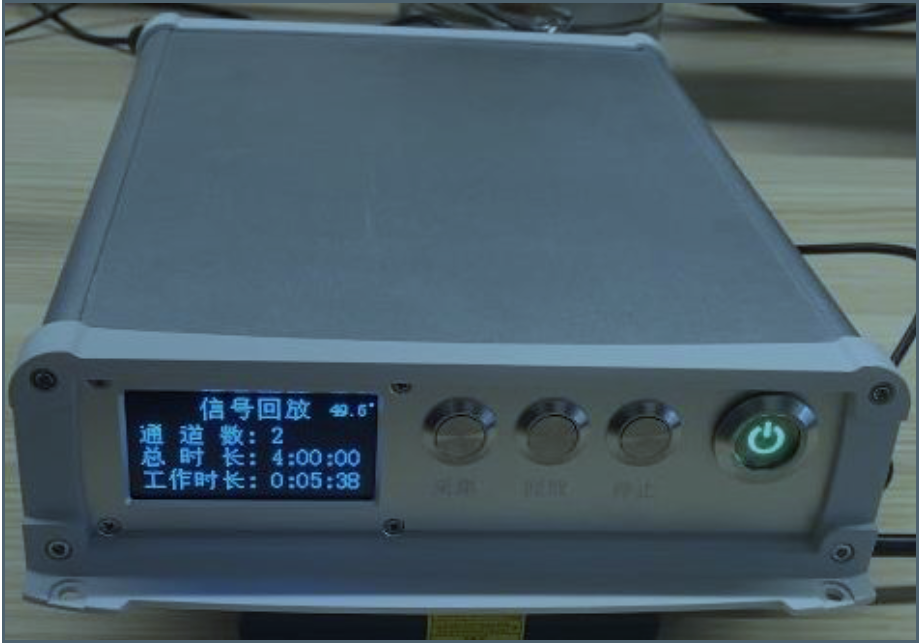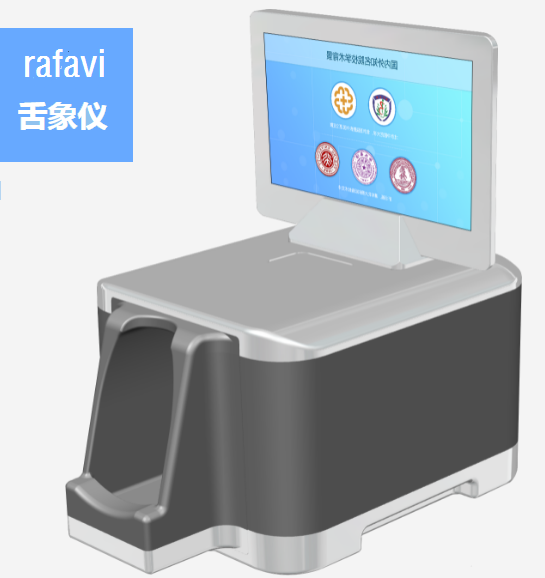Sidebar
Some people in the industry view mesh networking as the next ‘shiny object’, nothing more than another excuse to raise prices. But mesh does deliver significant benefits over star or peer-to-peer networks and looks set to make a real impact on the industrial IoT and in the smart home in the years to come.
The reason is simple: mesh networks solve a specific problem. A conventional wireless router offers limited coverage if you can’t hardwire additional access points to it, which drives up complexity and expense in large spaces such an office building. On the other hand, mesh networks bring wireless connectivity to such a space far more simply than ever before.
Are you creating a wearable product, but not sure of what wireless technology to choose? The way modern APIs work, developers don’t necessarily need to know the technical details. But having a basic understanding of the underlying technology will help you make apps that are more efficient, more responsive and easier to use.
Which solution is best for your wearable product? This depends on your requirements for bandwidth, power considerations and range. Here’s a brief overview of the 6 most common wireless technologies to consider.

